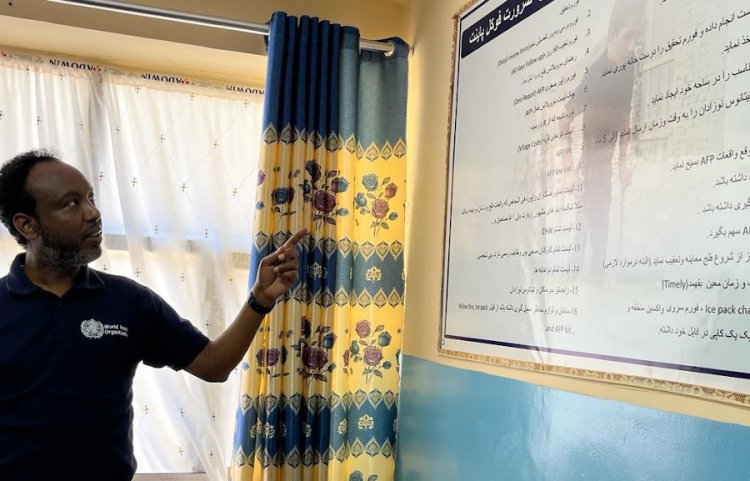
Monday 6 June
Arrive Kabul at 9.30am, my first visit in two years and the city has lost none of its bustle.
A review team last visited here in 2016 but access was limited. Much has changed – both within Afghanistan and for polio – since then. The programme now has access across the country and the epidemiological picture has changed dramatically. In 2020, 56 children were paralysed by the virus. So far this year only one child has been paralysed giving Afghanistan its strongest chance yet of interrupting polio transmission.
Surveillance underpins the eradication of any virus. For polio, it consists of monitoring for signs of Acute Flaccid Paralysis or AFP in children under 15 years, and collecting samples of sewage, what we call environmental surveillance, to check for the presence of the virus in the community.
We’re here to apply a magnifying glass to Afghanistan’s surveillance system, to see if there’s anywhere the virus might still be hiding and recommend adjustments to make sure the system is capable of catching it.
If polio surveillance is about gathering data and documenting it meticulously, it’s even more so for a surveillance review. Our job includes checking documents and records, interviewing health workers and families of children with AFP, reviewing guidelines and standard operating procedures – checking and rechecking data.